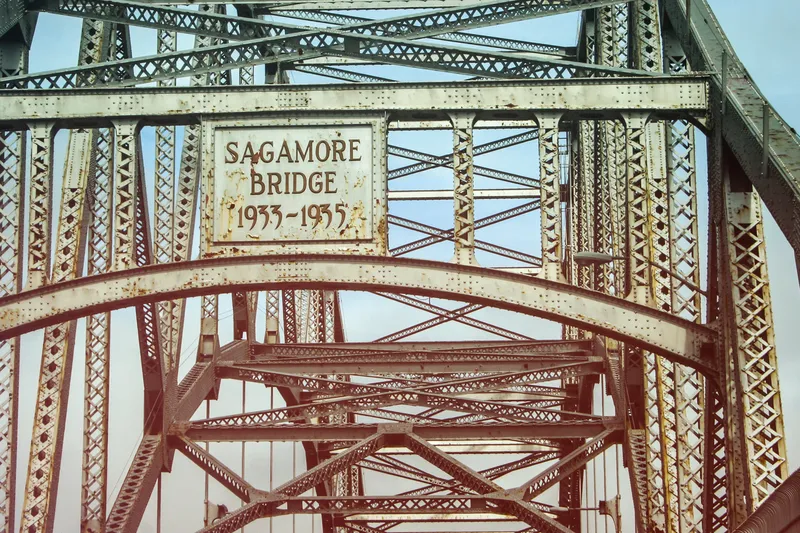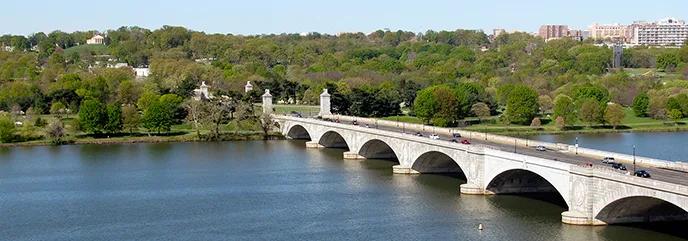On Aug 1st 2017, it was 10 years since the I-35W Bridge in Minneapolis collapsed. The bridge had been classified as structurally deficient and was undergoing repair at the time. However the repairs focussed on the decking rather than the structure, with the additional weight of the extra asphalt layers and the construction machinery parked adding to the total load and contributing to the collapse.
The disaster sparked awareness in the state of bridges in the US, with widespread concern that so many were in poor condition.
The
States have devoted significant resources to bridge work, according to ARTBA. The value of bridge construction increased 39%, from US$23.2 billion in 2007 to $32.3 billion in 2016, according to the US Census Bureau. During the same time period, highway and street construction activity increased just 8%, from $54.6 billion to $59.2 billion.
But in spite of the ramp up in investment, this has not been sufficient to address improvements to US bridges sufficiently and concerns remain.
In 2016, there were 55,710 structurally compromised bridges, a 24.5% reduction compared to the 73,817 back in 2007, according to ARTBA’s analysis of the
At current pace, it would take more than three decades to replace or repair all the bridges with structural issues, according to ARTBA Chief Economist Dr Alison Premo Black, who conducted the analysis.
A long-term infrastructure package from Congress and a permanent revenue solution to the Highway Trust Fund would help states make greater progress on fixing deteriorating bridges, according to Dr Black. Federal investment supports over half of all state highway and bridge construction programmes.
Nor is the problem likely to get any better. The challenges will only continue to grow in the future. The average age of a structurally deficient bridge in the US is 67 years, compared to 39 years for non-deficient bridges. In 2007, the average age of a structurally deficient bridge was 60 years, compared to 34 years for non-deficient.
To help ensure public safety, bridge decks and support structures are regularly inspected for deterioration and remedial action. They are rated on a scale of zero to nine; with nine meaning the bridge is in excellent condition. A bridge is classified as structurally deficient and in need of repair if the rating for a key component is four or below. While these bridges may not be imminently unsafe, they are in need of attention.
The states with the biggest decrease in the number of structurally deficient bridges in the last 10 years: Oklahoma (2,458), California (1,861), Pennsylvania (1,466), Texas (1,350), Missouri (1,282), Mississippi, (1,010), Ohio (1,008), Kansas (856), Alabama (712) and Indiana (536).
States with an increased number of deficient bridges include: West Virginia (174), Idaho (52), Arizona (27), Delaware (22) and Rhode Island (21).
Us bridges pose cause for concern
On Aug 1st 2017, it was 10 years since the I-35W Bridge in Minneapolis collapsed. The bridge had been classified as structurally deficient and was undergoing repair at the time. However the repairs focussed on the decking rather than the structure, with the additional weight of the extra asphalt layers and the construction machinery parked adding to the total load and contributing to the collapse.
August 2, 2017
Read time: 3 mins








